Engaging with the question, “What Do Mice Eat“, we delve into the intricate world of these tiny creatures. Your home might have experienced their invasion, and those few could multiply into swarms in the blink of an eye. With the jaw-dropping reproductive capacity of averaging 10 litters per year with up to 7-10 offspring in each, their population can proliferate swiftly.
Food Preferences in the Wild
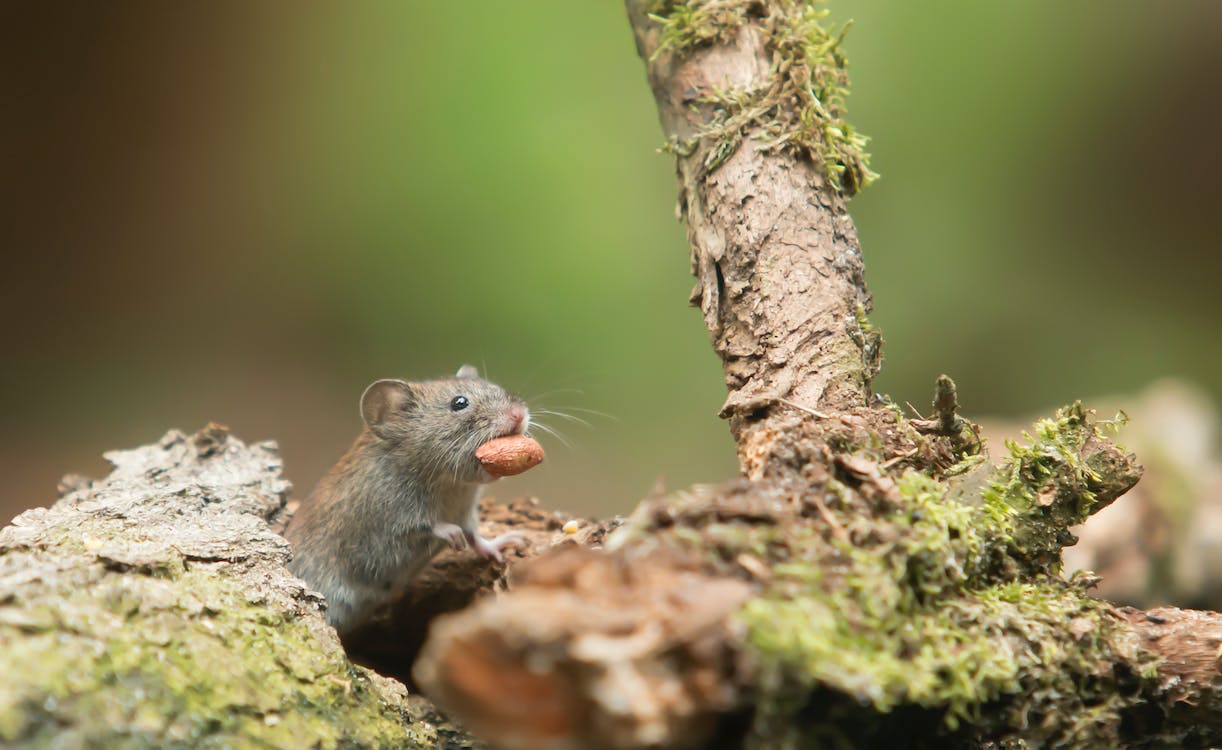
Mice are highly adaptable and resourceful foragers in the outdoors. They feast on dropped fruits, seeds, and in some cases, meat, like insects or grasshoppers. If residing near farms, it’s not uncommon to find these nibblers chowing down on grains and available crops. As the cold winters creep in, these rodents often seek the warmth of our homes.
Entry in Homes
Mice possess an extraordinary ability to squeeze through openings as small as 3/8-inches wide. They find comfort in our abodes, and being the clever creatures they are, they quickly learn to exploit your pantry.
The All-Pervasive Dietary Habits
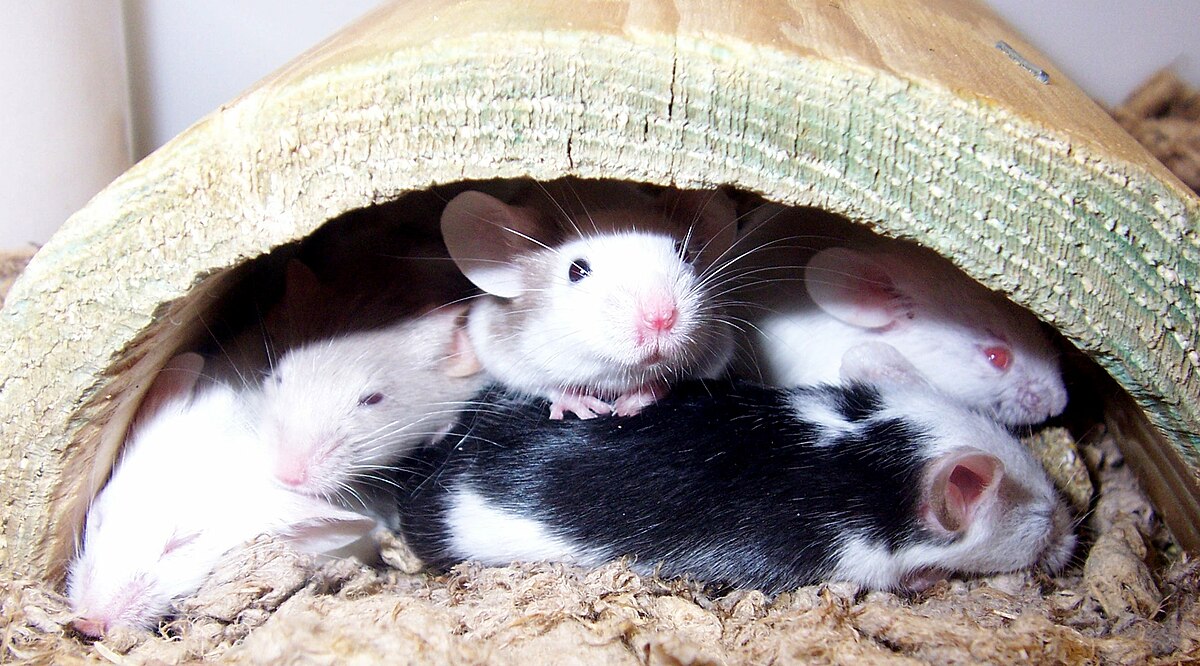
So, “What Do Mice Eat” in your home? Well, a better question might be what won’t they eat? While you might envision mice scampering around cheese traps, the reality is, that their tastes are far more diverse. One popular meal decoy is peanut butter. Thanks to its sticky consistency, it’s trickier for mice to escape the sprung trap.
Unseen Culinary Delights
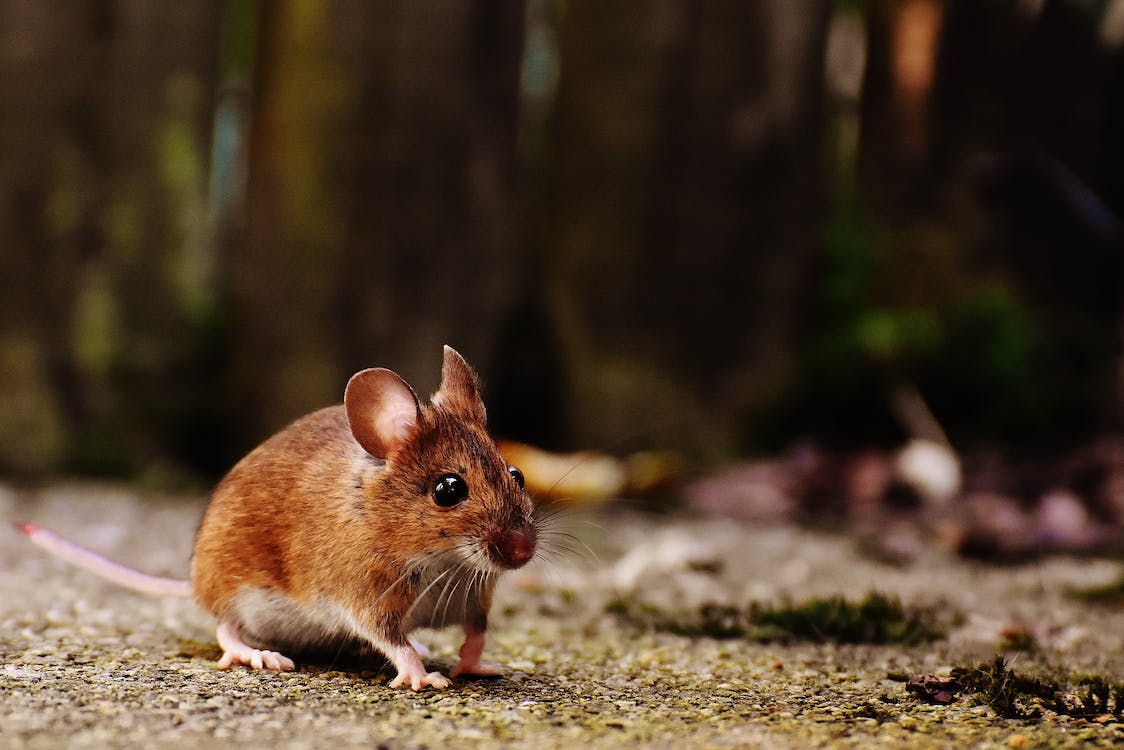
In your home, mice’s food choices range widely. Whether it’s leftover grease on a frypan or an accidentally forgotten stick of butter, they are all too eager to partake. Here are some of the other human food items they devour:
- Toothsome sweets such as cakes, cookies, and candies
- Baking ingredients like pancake mix, flour, and sugar
- Ready-to-eat snacks including popcorn and potato chips
- Various kinds of bread and even moldy ones
Yes, you read it right! Mice aren’t fussy eaters. They relish meatloaf leftovers, gourmet pizza, and maintain quite the sweet tooth!
See Related: 5 Effective Mouse Deterrents to Keep Your Home Rodent-Free
Mice and Non-Food Items
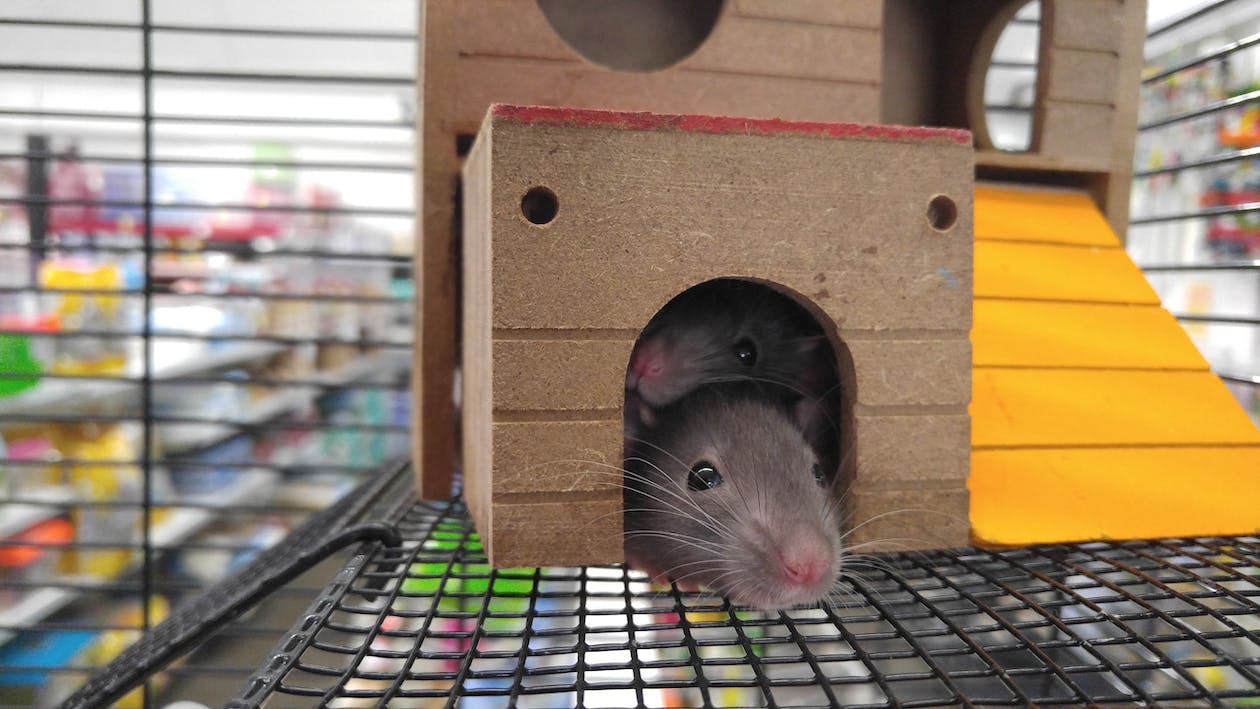
Mice are a menace not merely for their uncanny ability to find food. They are equally destructive with non-edible items. From gnawing at the glue in book bindings to feasting on soaps and candles, mice show a remarkable resilience when it comes to survival. Surprisingly, they even find nutritional value in wax.
Unseen Hazards
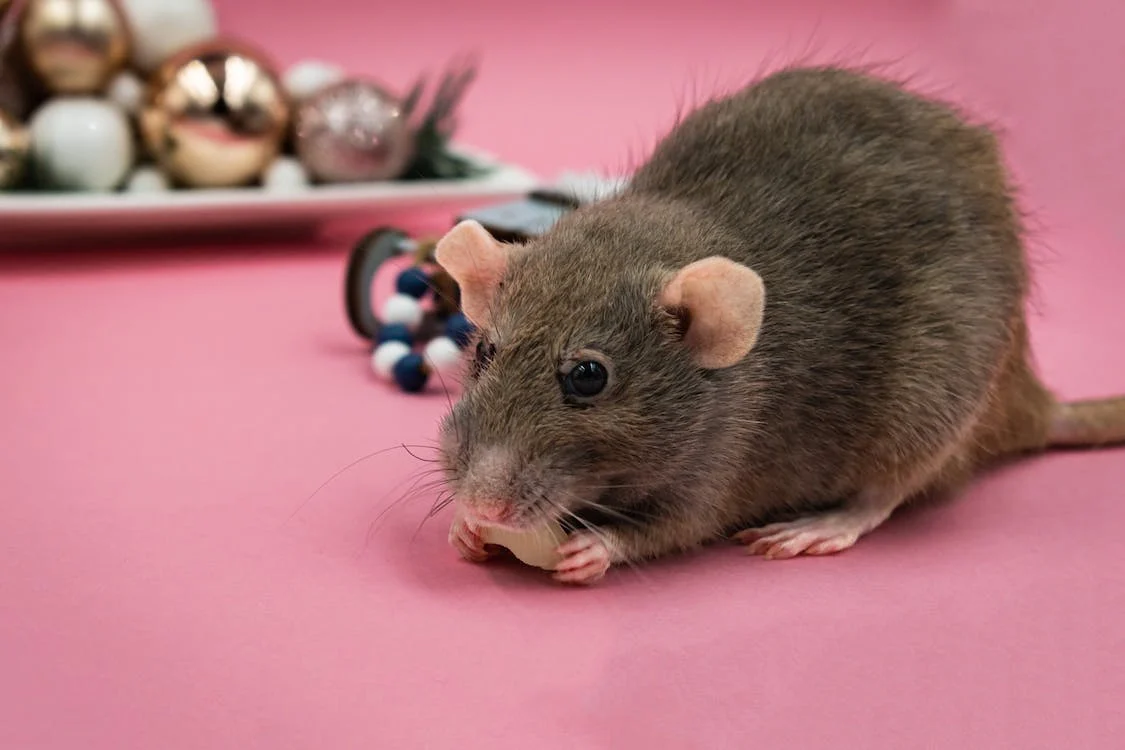
Textiles aren’t safe either. They can fray your clothing, and jeopardize your beloved leather goods. With their ever-growing teeth, rodents, especially mice, have gnawing tendencies that lead them to wreak havoc.
Their unfussy eating habits lead to trails of waste and discarded food – another reason to not allow mice in the sanctity of your home.
To Conclude
As we wrap up, it’s clear that the term “What Do Mice Eat” encompasses a surprisingly vast spectrum! If you ever consider a pet mouse, do ensure it’s well-contained. Or prepare for a pantry invasion from our not-so-fussy furry friends!